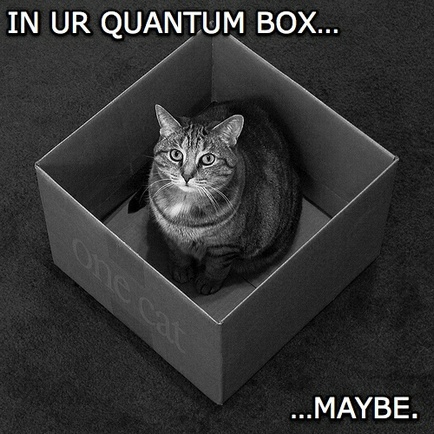Today I am attending a conference on the communication of Physics, at Frascati. They invited me there to present this blog, and discuss my experience with it. I spent last night trying to put together something meaningful, and I am now approximately satisfied with the result.
While I was preparing my slides (which include a online navigation in the site), it occurred to me that it has been a long time since I last played the "top searches" game. If you own a web site, you can play it too: it consists in finding combinations of words that, input in the google search window, will get one of your pages as the first hit.
"I am too shy to express my sexual needs, except over the phone to people I don't know"
Garry Shandling
In two years the Higgs boson will be close to discovery, and its mass already known, or the particle will be already in the trash bin. That is the single line which best summarizes the scenarios I depicted yesterday, in the concluding slides of a seminar I gave at IFIC, in beautiful Valencia (below, placa de la Virgen on a pleasant evening, taken with my iphone).
While answering a comment in another recent post, I was struck by a thought I have had other times, but which I tend to remove. This is about the fact that it is surprisingly hard to produce a
paper in a large experimental collaboration in high-energy physics. The amount of work required to put together a sound analysis of collider data is quite sizable, and the pains of going through the internal review process may last months, when not a year or even longer.
Of course it is nice to have the
A
video on youtube documents a remarkable feat -the Australian motorbyker Robbie Maddison jumping the Korynth channel in Greece. A 85-meter jump!

I was on a plane to Valencia yesterday at the time when Paolo spoke in the Main Auditorium at CERN, and got approved our very first physics result with CMS collider data.
Okay -with a small group we had already produced an approved plot of phi-->KK decays last December, but this is a real, full-fledged analysis! I will talk more about it in the next few days.
 Living At The Polar Circle
Living At The Polar Circle Conferences Good And Bad, In A Profit-Driven Society
Conferences Good And Bad, In A Profit-Driven Society USERN: 10 Years Of Non-Profit Action Supporting Science Education And Research
USERN: 10 Years Of Non-Profit Action Supporting Science Education And Research Baby Steps In The Reinforcement Learning World
Baby Steps In The Reinforcement Learning World








